Balance and Falls in the Elderly Population
Learn something now! - Watch the Online CEU Course Trailer
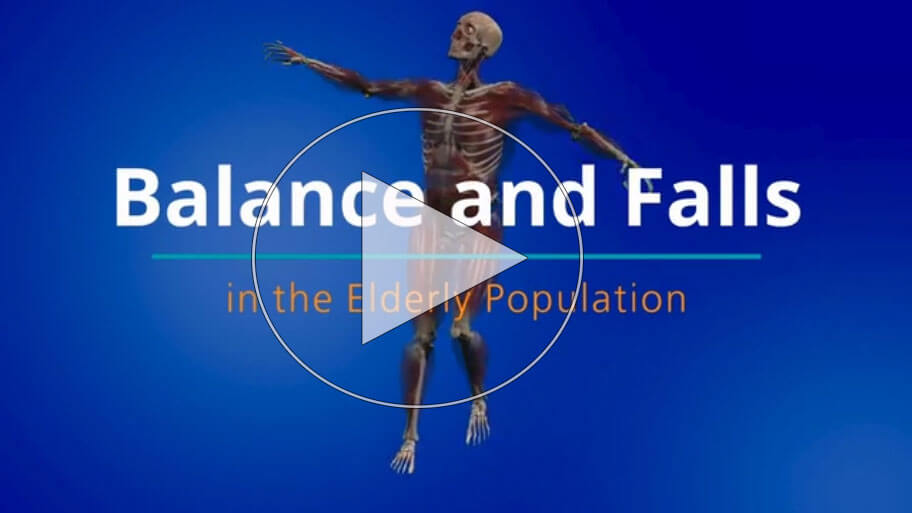
All Access Online CEU for PT, PTA and OT for $189
BEST VALUE - Includes this course and all our online courses
Subscribe Todaytheaters Purchase Now, Instant Online Course Access
Balance and Falls in the Elderly Population
$175.00
- CE Hours: 11.0 hrs, 1.1 CEU
- Delivered: Online
- Instant Online Access, PDF Manual for Download, 365 days of access, Mobile Ready
- No auto-renewal for this option
All Access Online CEU for PT, PTA and OT
$189
All Access Online CEU for PT, PTA and OT Subscription
1 Year Access with Annual Renewal
State specific course completion certificates.
Chat support
Prices are in US dollars- 12 months of access to all online ceu courses, course tests and state approval certificates.
- Meet all your CE requirements. Pre-approved for PT, PTAs in AK, AL, AZ, CA, CO, CT, DC, DE, GA, HI, IA, ID, IL, IN, KS, MA, ME, MI, MO, MS, MT, NC, ND, NE, NH, NM, NV, NY, OR, PA, RI, SC, SD, TN, TX, UT, VA, VT, WA, WI, and WY.
- AOTA approved.
- Designed for Physical Therapists, Occupational Therapists, Athletic Trainers and Assistants.
- Access to future courses and content.
- Start, stop and resume, right where you left off in a course.
- Real patient interviews.
- Medical expert contributors.
- 3D anatomy and medical illustrations.
- Easy to use learning system for fast access to your courses.
- Award winning content.
- Top instructors teaching evidence based skills and techniques.
Why should a physical therapist, occupational therapist or athletic trainer take this vestibular, balance and falls continuing education course?
According to the CDC, 3 million older people are treated in the emergency room each year due to injuries related to falls. From 2007 to 2016, falls increased by 30 %. Physical and occupational therapy programs help build strength, coordination, and neuromuscular coordination to decrease falls in the elderly population
This course presents evidence-based research and clinically proven techniques to maximize safe, functional movement with the aging population. This vestibular and balance rehab course is an essential resource for clinicians working with the older population with orthopedic, neurological, and cardiopulmonary diagnoses to understand the many factors that can lead to dysfunctional movement and increased fall risk.
The clinician will learn to identify which evidence - based assessment tools to use in specific circumstances, and how to interpret the results for developing individualized programs to improve mobility and decrease falls
Rehab clinical tools instructed in this vestibular rehab CE course to enhance your functional outcomes.
- In-depth information about the aging population, including age-related physiological changes, comorbidities, and the impact on aging, pharmaceuticals and their physiological interactions, and common causes of falls
- Assessment strategies for the different physiological systems to rule out underlying factors that can contribute to decreased function and increased fall risk
Specific instruction that will enhance your understanding and ability to deliver better patient care.
- Specific description, demonstration and reasoning for hip extension testing for the older adult, Back Scratch Test, Modified Total Body Rotational Test, Occiput-to Wall Test, Arm Curl Test, Toe Tap Test, 30 Second Chair Stand Test, Sanding Heel Rise Test, Timed Up and Go Test, Gait Velocity Test, Four Step Square Test, Dynamic Gait Index, Modified CTSIB, Mini-BESTest, Fullerton Advanced Balance Scale (FABS) and Limits of Stability Testing
- Tools to identify the appropriate treatments for a targeted treatment approach
Features unique to this balance and falls continuing education course.
- Specific studies that contribute to differentiating the cause of fall risk
- The reasoning for treatment techniques such as limits of stability training, toe strengthening exercises for the older population, re-weighting exercises, four-step square training, upper and lower extremity, and core strengthening, high-level balance activities, balance and gait training, and specific velocity training techniques
- Three case study presentations for neurological diagnosis, an orthopedic diagnosis, and a patient in a home care setting
- Demonstrations of the examination, special tests and training activities
Professional Accreditation
This is an intermediate level course applicable for PT, PTA, OT, AT. Physical Therapy Accreditation: For specific state information use the accreditation verification menu and select your state of license. AOTA: provider #4487, Occupational therapy professional development activity: Occupational Therapy Service Delivery, evaluation and intervention, and Foundation Knowledge: human body, development, and behavior. Athletic Trainers: BOC provider #P2047, category A. This course has not been submitted for Evidence-Based BOC approval.
fact_check Accreditation Verification
Online CEU Course for PT, PTA, OT State Accreditation
Balance and Falls in the Elderly Population Course Objectives

Upon successful completion of this course, the participant will be able to:
- Identify the effects of aging and pathology on limitations in activities and participation.
- Identify the effect of medications on older adults and how medications can impact rehab progression.
- Recognize the impact of specific pharmaceuticals on the physiological response to exercise.
- Recognize the impact of specific pharmaceuticals on function and balance.
- Identify limitations in the visual system that may impede mobility, balance and increase the risk of falls.
- Identify how to set up a safe home environment to minimize fall risk.
- Utilize online resources that provide evidence-based assessment guidelines and tools for the older population.
- Utilize specific tools to measure exertion level for patients on beta blockers.
- Identify the difference between dementia and delirium and the importance of communicating symptoms to the rehab team.
- Recognize fall risk factors in older adults and develop an appropriate plan of care to address these factors.
- Describe the importance of performing a thorough musculoskeletal and postural examination.
- Recognize the reliability and validity of specific tests to utilize with varying diagnoses.
- Select the most appropriate tests to perform to get the specific results needed without overexertion of the patient.
- Identify the appropriate assessment tools and tests to utilize for the active older adult with a fall risk.
- Utilize differential diagnosis skills to determine the underlying causes of decreased mobility, balance, and increased fall risk.
- Design appropriate exercise prescriptions for older adults with a variety of impairments from orthopedic to neurological diagnoses.
- Develop exercises and tasks that assist with improving reactive postural control.
- Develop a balance progression program utilizing static and dynamic techniques.
- Develop individualized treatment programs for the older adult to improve mobility and decrease fall risk.
Learn From the Expert - Linda Horn, PT, DScPT, MHS, NCS
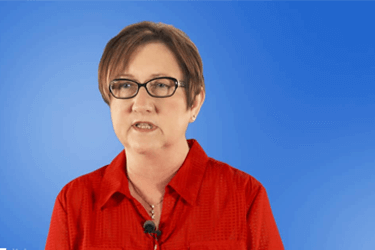
Linda B. Horn, PT, DSc, MHS, NCS recently joined Gentiva as the Safe Strides Team Leader in Towson, Maryland. She has over 25 years of clinical experience in a variety of clinical settings including acute care, outpatient and home care. She is a Neurologic Certified Specialist by the American Physical Therapy Association since 1993. Her primary area of expertise is in the area of balance and vestibular disorders in the adult population, particularly with older adults. She has presented numerous continuing education seminars and poster presentations on these topics. Linda is a lecturer for physical therapy students in the areas of balance and vestibular disorders, and neurological rehabilitation. She is active in the American Physical Therapy Association at both the state and national levels. In 2008, Linda was the recipient of the Henry O. and Florence P. Kendall Award from the APTA of Maryland.
Community Involvement
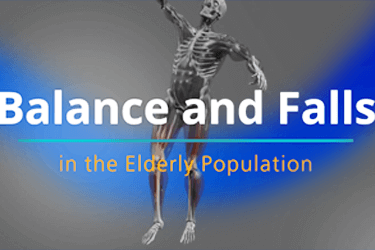
- Discuusion of community involvement designed to assist the elderly with staying active
- A 10-week exercise program designed for the elderly to decrease fall risk
- The impact that a therapist can have to reduce falls in the elderly population in every community
The Aging Population: Physiological Changes
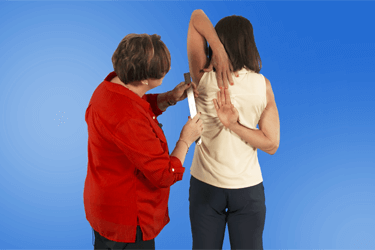
- The population is aging-what does this mean physiologically?
- Age related physiological changes
- Risk factors and epidemiology of falls
- Consider all the different things that can occur with aging
- Understanding changes in the musculoskeletal system
- What is sarcopenia?
- Understanding presbycusis
- Interventions for vision problems
- Considering the affect of aging on the vestibular system
The Aging Population: Fall Risk
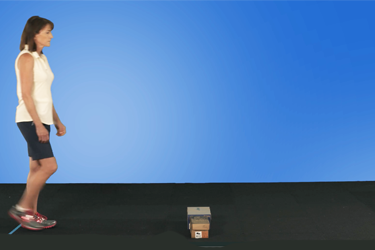
- Falls are not a normal part of aging
- The percent of falls based on population
- Traumatic brain injury and falls
- Hip fractures and falls
- Understanding Falls by gender, race, and ethnicity
- American Geriatric Society guidelines
- Prevention of Falls Guideline
- Assistive devices and fall hazards
- Screening individuals for fall risk
- Polypharmacy, environment, assistive devices, fall prevention screening programs, STEADI program
- The CDC-STEADI program
The Aging Population: Comorbidity
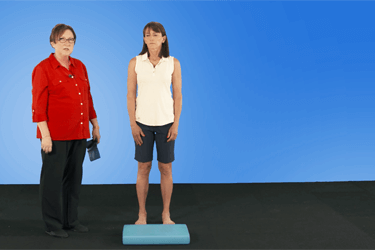
- Comorbidities and how they affect the older adult
- Different comorbidities and how that may affect treatment approaches
- Visual and cardiopulmonary comorbidities and how that may affect treatment
- Blood pressure monitoring, obesity and their affect on treatment
- Neurological problems, orthopedic issues and their affect on treatment
- Understanding the impact of diabetes
- Non-traumatic amputations
- Monitoring glucose levels in the clinic
- How does hypoglycemia affect the Falls Risk?
- Autonomic neuropathies can affect every system in the body
- How do we determine orthostasis?
- Glaucoma, cataracts, diabetic retinopathy, and macular degeneration
- Individuals with COPD
- The impact of Osteoarthritis
Geriatric Pharmalology

- Pharmacokinetics are different for older adults
- A look at the GI system
- What happens with the renal system
- Polypharmacy goes by a lot of different names
- So what do we see with polypharmacy?
- Medications and blurred vision
- The Beers Criteria
Comprehensive Examination Lecture
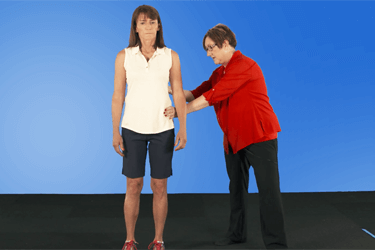
- Musculoskeletal examination: functional testing
- Posture Exam, MMT, Special tests
- Neuro and checking for mental status
- Sensation, balance testing, cardiovascular and pulmonary system, integumentary, functional mobility, gait testing
- The balance exam
- How do you determine the correct test to perform
- How often do you retest?
Intervention Lecture
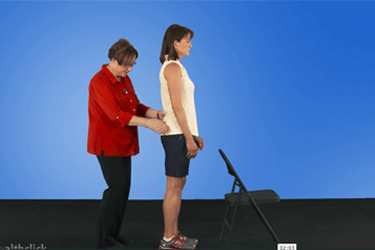
- Developing the intervention plan for patients
- Postural Exercises
- Reactive postural control
- Perturbation, balance, gait and aerobic activities
- The Modified CTSIB
- Looking at purchasing systems that treat balance deficits
- Balance treatment and target treatments
Examination and Special Tests Demonstration
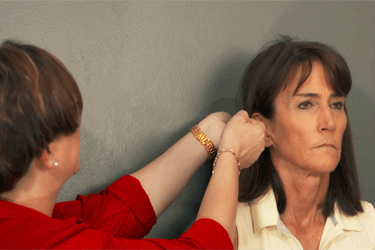
- Examination of the hip extensors
- The Back Scratch Test
- Modified Body Rotation
- Occiput-to Wall Test
- Arm Curl Test
- Toe Tap Test
- 30-second Chair Stand timed
- Standing Heel Rise Test
- Conducting the STEADI
- Timed Up and Go
- Velocity examination for balance
- Four Square Step Test
- Dynamic Gait Index
- Modified CTSIB
- Mini-BESTest postural control
- Mini-BESTest, sensory portion
- Mini-BESTest dynamic portion-walk pivot
- Mini-BESTest dynamic portion-step over boxes
- Mini-BESTest dynamic portion-Time Up and Go
- Fullerton Advanced Balance Scale, FABS
Treatment Demonstration of Specific Training Activities
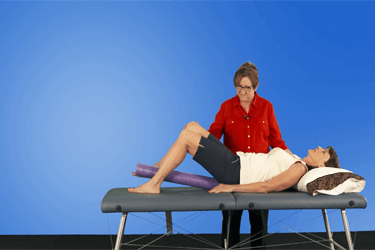
- Treatment: Limits of Stability
- Toe exercises
- Sensory re-weighting exercises
- Stepping
- Abdominal strengthening
- Pool noodle positioning
- High level balance activity
- Lower extremity weakness
- Strengthening functional activity
- Hip and ankle strategy
- Tandem walking
- STEADI
Case Study Presentations
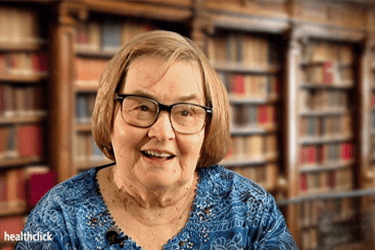
- Case Study: ORIF 79 year old
- Case Study: Parkinsons patient
- Case Study: Home Care Setting
Course Test - Evaluate your knowledge

- Use the Healthclick proprietary online education system which provides the online student with:
- Worldwide access to high definition video, anatomical animations and images, and written information
- The highest quality film in the industry, you can see the difference!
- Stop and resume within a course, the Healthclick system will optimize your course based on your device, connection and remembers where you left off.
- Real-time course updates. We are always adding to each courses, updating content, adding animations, these are not static courses!
- Evaluate your knowledge with the course test on any device.
- Print your state course certificate for CE credit.
- Take the online test as many times as need in order to achieve a 70 % or greater score.
Responsible CME® - Online CEU Course Testimonials
67.225.255.111I found this course very pertinent to my work in home health and will be able to improve my use of functional outcomes in my documentation and treatment plans. -- Gillian, Physical Therapist
This course gave good information on how to objectively evaluate balance and how to treat it. It also did a great job listing out all the factors that may impair balance. -- Angela, Physical Therapist
I really enjoyed the presentation of the case studies which helped to tie all of the components of the course together into a live model. -- Adriana, Occupational Therapist